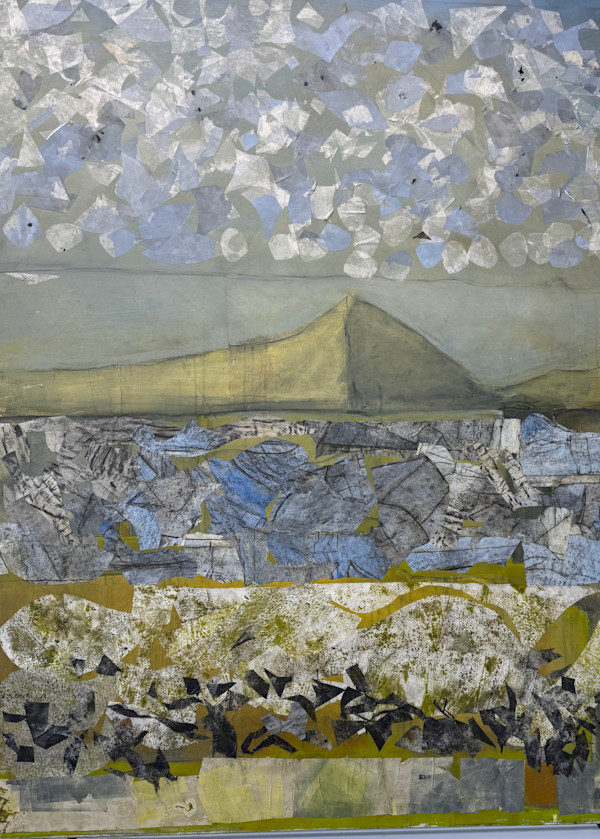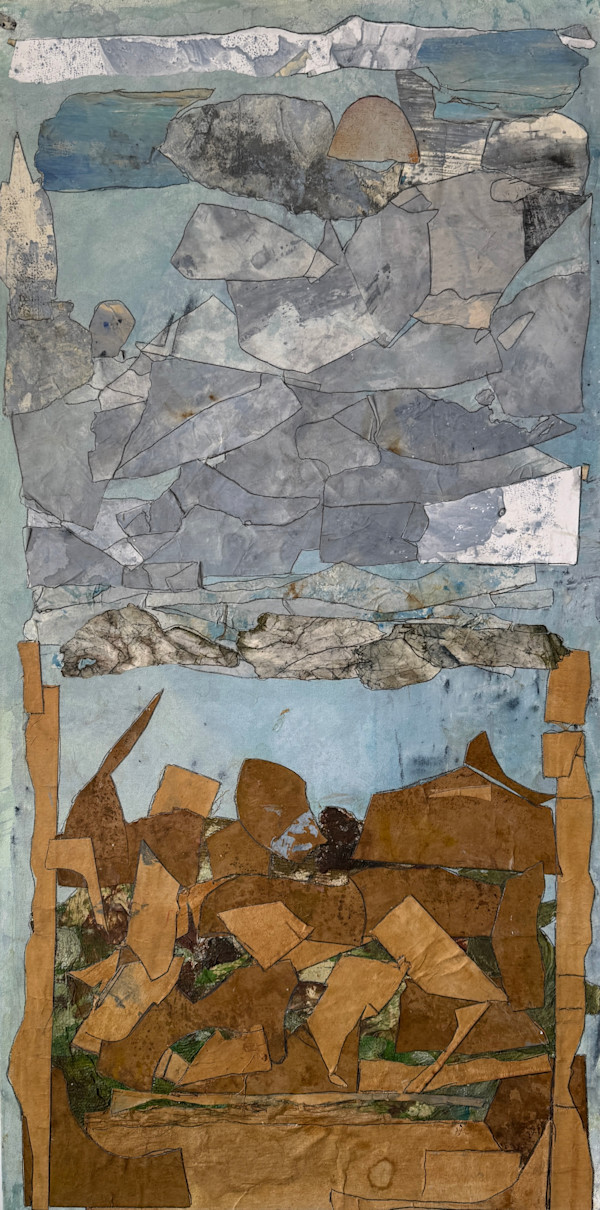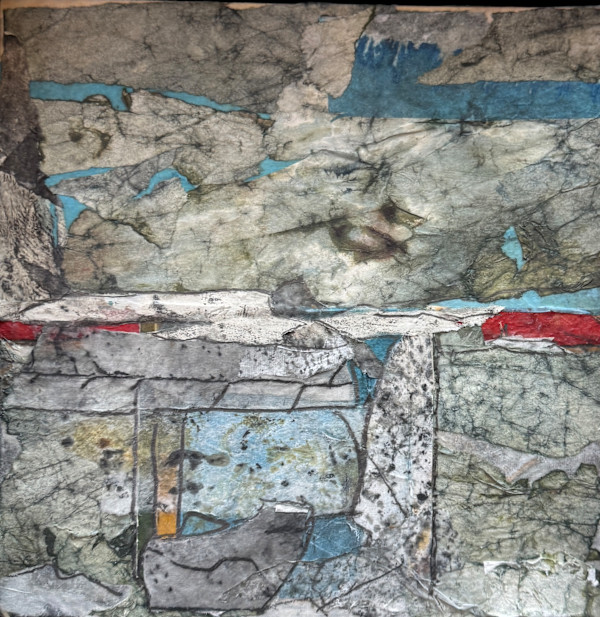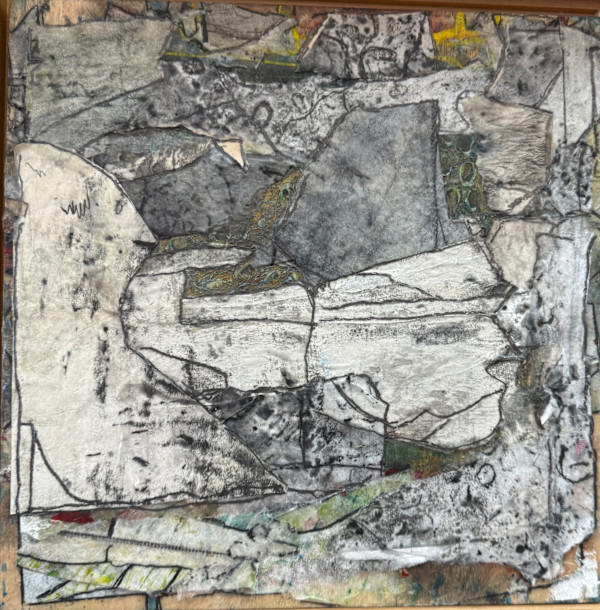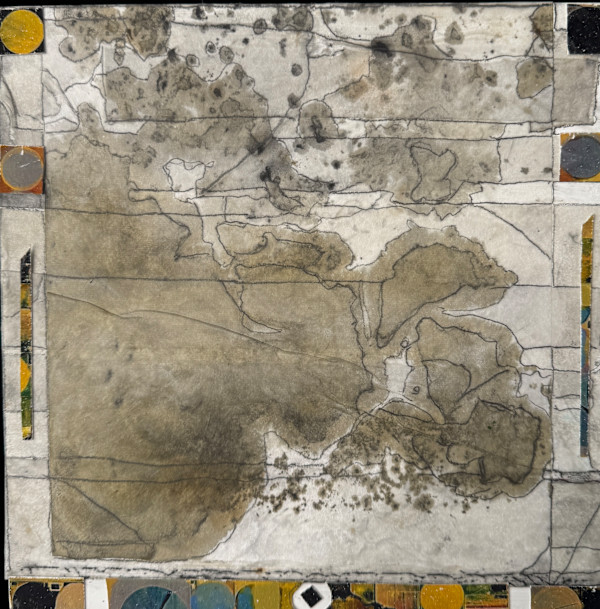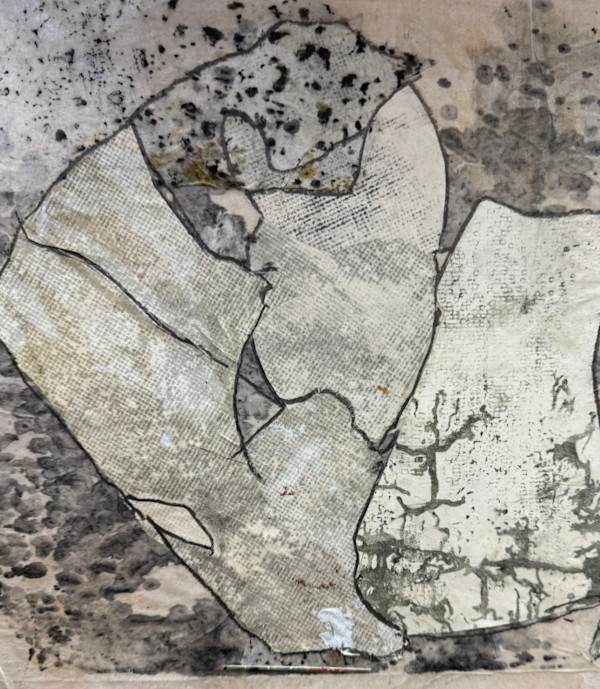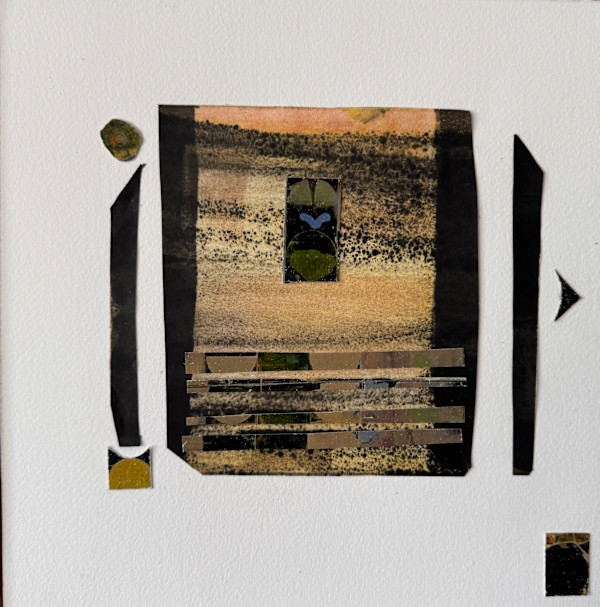Collection: Takrouna - The Lost Voices
The paintings in this series arise from the scarred landscape of Takrouna, a centuries-old Berber village perched on a narrow ridge in Tunisia. In April 1943, this quiet place became the site of one of the most tragic encounters of the North African campaign.
On that ridge, young Italian conscripts from Trieste—boys pulled from their homes to fight for Mussolini’s collapsing empire—faced a determined band of Māori infantrymen from New Zealand, transported from the green calm of their homeland into the dust and heat of a foreign desert. Both groups, bound by duty and deception, fought in a battle neither chose, under the orders of powers that cared little for their lives.
Caught between them were the Berber villagers of Takrouna—families whose homes clung to the limestone slopes, whose ancestors had tilled that rocky soil for generations. When the fighting came, they lost everything: their dwellings shelled, their families scattered, their sacred hill turned into a fortress and then a grave. Theirs is the quietest tragedy, seldom recorded yet always present in the stones and wind of the place.
Through layered collage and torn monotype fragments, Anderson rebuilds that landscape of loss and endurance. The pale blues, greys, and ochres recall both the desert’s brilliance and its desolation. Each fractured surface becomes a field of memory—where the lives of soldiers and villagers alike blur into the same dust.
These works are elegies for all who stood on that ridge—the conquerors, the conscripted, and the innocent. The land endures, indifferent yet compassionate, absorbing every sorrow into its strata.
Takrouna stands silent now. The stones remember the footsteps of soldiers and mothers alike, and the wind carries the lament of those who never returned.

